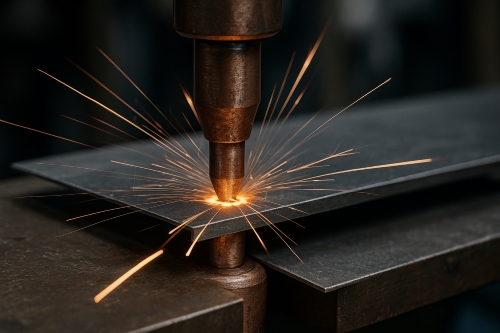Top 6 Medical Applications Of Nitinol
Introduction
The development of medical technology has improved patient outcomes. One material used in modern healthcare is Nitinol. This article details six key medical applications of Nitinol. It presents measured advantages and practical case studies that support its efficacy.
What is Nitinol Wire?
Nitinol is a nickel-titanium alloy noted for its unique properties, such as superelasticity and shape memory. Its superelasticity allows it to return to its original shape after deformation while its shape memory enables it to recover a preset form upon heating. These properties, together with its biocompatibility and corrosion resistance, render Nitinol an essential component of modern medical devices.
Advantages of Nitinol Medical Devices
Medical devices constructed from Nitinol offer several advantages over traditional materials. These include:
- Superelasticity: Provides flexibility and elasticity, thereby reducing the risk of damage during procedures.
- Shape Memory: Ensures precise performance in minimally invasive interventions.
- Biocompatibility: Lowers the likelihood of adverse bodily reactions.
- Corrosion Resistance: Increases durability in biological environments.
- Fatigue Resistance: Maintains structural integrity over repeated use.
- Minimally Invasive Applications: Enables smaller incisions, thereby reducing recovery times and complications.
Key Medical Applications of Nitinol
1. Stents
Nitinol stents are used in cardiovascular and peripheral vessel interventions. Their superelastic property enables compression for catheter delivery and re-expansion to their original form once positioned. This action helps maintain blood flow by keeping arteries open.
A study published in the Journal of the American College of Cardiology reported that patients receiving self-expanding Nitinol stents for femoropopliteal artery disease achieved a primary patency rate of 83.2% after 12 months, compared with 64.8% for balloon-expandable stents[1].
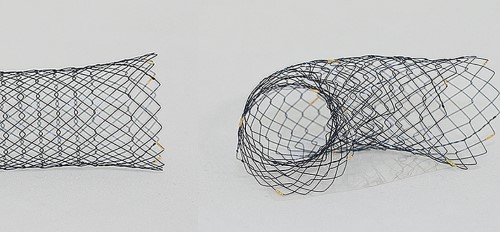 [2]
[2]
Fig. 1 Self-expanding stents
2. Guidewires
Nitinol guidewires offer flexibility, resistance to kinking and enhanced manoeuvrability during minimally invasive procedures. They are used to navigate complex vascular pathways and to facilitate the placement of catheters and other interventional devices. Studies indicate that Nitinol guidewires reduce complication rates by 25% compared with stainless steel alternatives, given their superior torque control and flexibility.
3. Orthodontic Archwires
In orthodontics, Nitinol archwires are preferred because of their shape memory and superelasticity. These archwires apply a continuous, gentle pressure to the teeth. They support efficient and less painful realignment. Unlike stainless steel wires, Nitinol wires maintain their corrective force over time. A clinical study in the American Journal of Orthodontics and Dentofacial Orthopaedics reported that patients using Nitinol archwires experienced a 30% faster alignment during the first six months compared with those using conventional stainless steel wires[3].
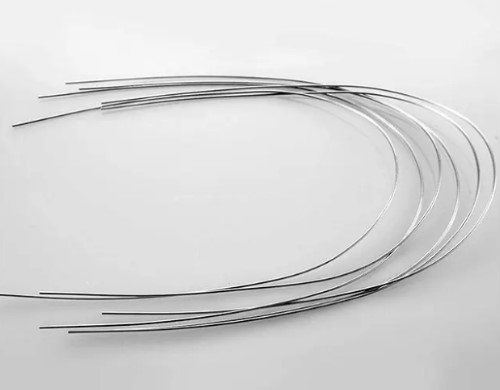
Fig. 2 Orthodontic archwires
4. Endovascular Thrombectomy Devices
Nitinol is employed in devices for clot removal in the treatment of stroke. These devices, typically in the form of stent retrievers, operate by capturing and removing clots from blocked cerebral arteries. Their shape memory allows expansion to conform to the clot. This property increases the success rate of clot extraction and reduces the risk of complications.
The DAWN study reported that 49% of stroke patients treated with Nitinol stent retrievers achieved functional independence at 90 days, compared with 13% of patients who received standard treatment.
5. Heart Valve Frames
During transcatheter aortic valve replacement, Nitinol frames support the prosthetic valve. They exhibit flexibility and self-expansion, which allow minimal access deployment via a catheter. This method is applied in patients with high surgical risk. The PARTNER 3 study noted that the one-year mortality rate for patients receiving a Nitinol-based transcatheter aortic valve replacement was 1.0%, compared with 2.5% for patients undergoing open-heart surgery.
6. Bone Fixation and Implants
Orthopaedic applications of Nitinol include bone plates, clips and intramedullary implants. Its shape memory property facilitates fracture compression and contributes to stable healing. The superelastic behaviour of Nitinol supports fixation while accommodating natural bone movement. A study in the Journal of Bone and Joint Surgery reported that patients treated with Nitinol bone clips for ankle fracture repair experienced a 40% reduction in healing time compared with conventional titanium fixation methods[4].
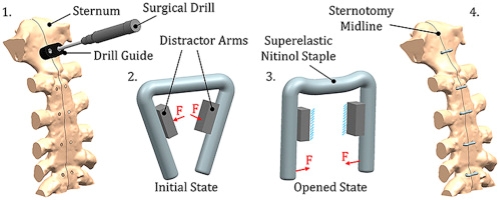 [5]
[5]
Fig. 3 Nitinol bone clips
Conclusion
The measurable properties of Nitinol have impacted the field of medical technology. Its superelasticity, shape memory and biocompatibility make it an essential material in modern healthcare. It supports advances in minimally invasive procedures, vascular interventions and orthopaedic applications. It is anticipated that further research will increase the use of Nitinol. Additional medical applications and related case studies are available at Stanford Advanced Materials (SAM).
References:
[1] Sabeti S, Schillinger M, Amighi J, Sherif C, Mlekusch W, Ahmadi R, Minar E. Primary patency of femoropopliteal arteries treated with nitinol versus stainless steel self-expanding stents: propensity score-adjusted analysis. Radiology. 2004 Aug;232(2):516-21. doi: 10.1148/radiol.2322031345. PMID: 15286322.
[2] Hong, J.T., Kim, T.J., Hong, S.N. et al. Uncovered self-expandable metal stents for the treatment of refractory benign colorectal anastomotic stricture. Sci Rep 10, 19841 (2020). https://doi.org/10.1038/s41598-020-76779-8
[3] Wang Y, Liu C, Jian F, McIntyre GT, Millett DT, Hickman J, Lai W. Initiale Bogendrähte bei der kieferorthopädischen Behandlung mit festsitzenden Apparaturen. Cochrane Database Syst Rev. 2018 Jul 31;7(7):CD007859. doi: 10.1002/14651858.CD007859.pub4. Update in: Cochrane Database Syst Rev. 2024 Feb 06;2:CD007859. doi: 10.1002/14651858.CD007859.pub5. PMID: 30064155; PMCID: PMC6513532.
[4] Dock, Carissa & Freeman, Katie & Coetzee, J. & Stone McGaver, Rebecca & Giveans, M. (2020). Ergebnisse von Nitinol-Kompressionsklammern bei der tarsometatarsalen Fusion. Foot & Ankle Orthopaedics. 5. 247301142094490. 10.1177/2473011420944904.
[5] Omer Subasi, Shams Torabnia, Ismail Lazoglu, In silico analysis of Superelastic Nitinol staples for trans-sternal closure, Journal of the Mechanical Behaviour of Biomedical Materials, Volume 107, 2020, 103770, ISSN 1751-6161, https://www.sciencedirect.com/science/article/pii/S1751616120303246

 Bars
Bars
 Beads & Spheres
Beads & Spheres
 Bolts & Nuts
Bolts & Nuts
 Crucibles
Crucibles
 Discs
Discs
 Fibers & Fabrics
Fibers & Fabrics
 Films
Films
 Flake
Flake
 Foams
Foams
 Foil
Foil
 Granules
Granules
 Honeycombs
Honeycombs
 Ink
Ink
 Laminate
Laminate
 Lumps
Lumps
 Meshes
Meshes
 Metallised Film
Metallised Film
 Plate
Plate
 Powders
Powders
 Rod
Rod
 Sheets
Sheets
 Single Crystals
Single Crystals
 Sputtering Target
Sputtering Target
 Tubes
Tubes
 Washer
Washer
 Wires
Wires
 Converters & Calculators
Converters & Calculators
 Write for Us
Write for Us
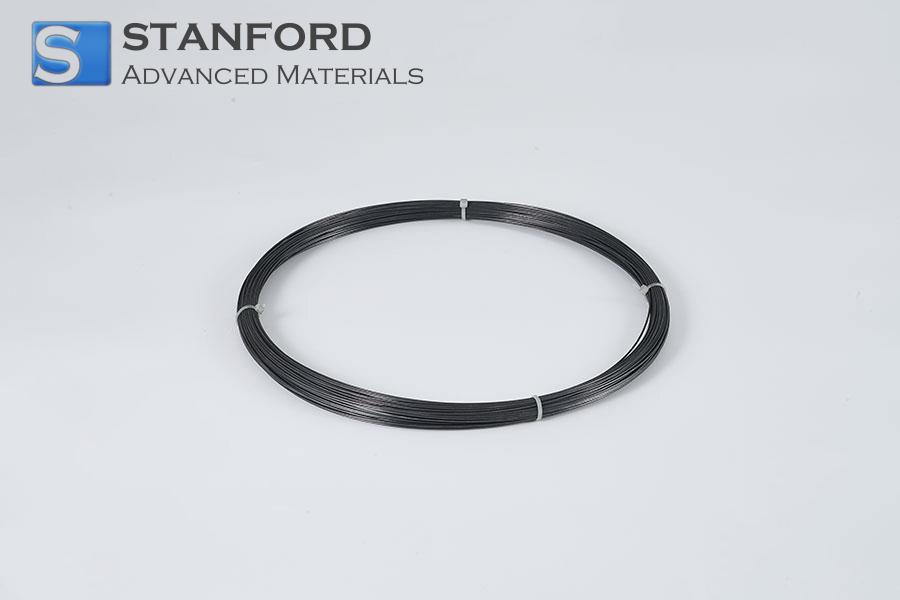
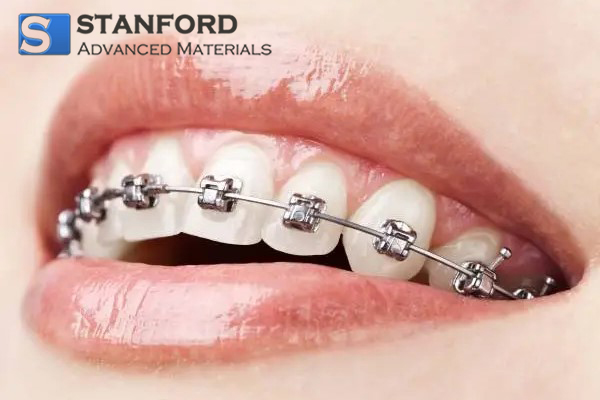
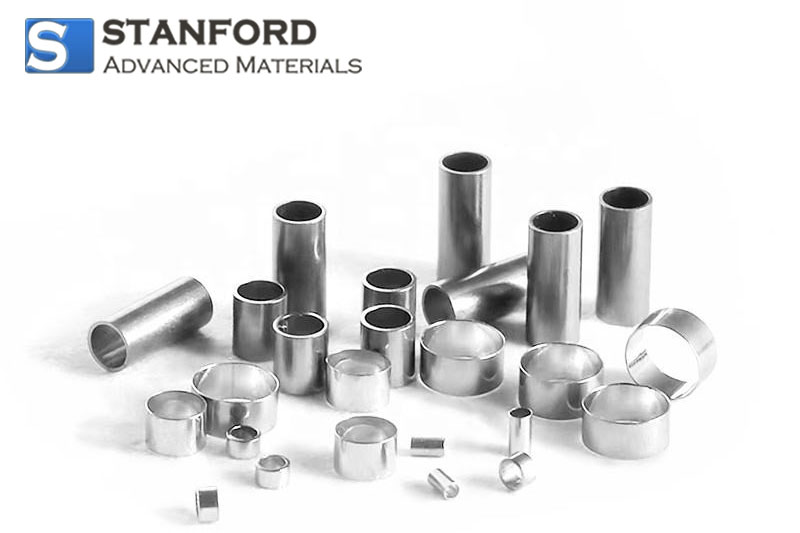
 Chin Trento
Chin Trento



